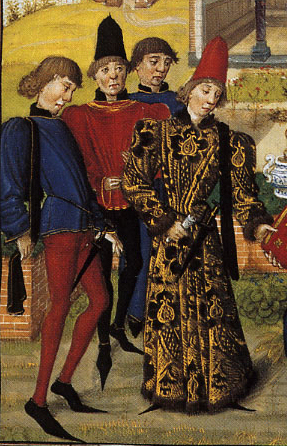The big gap in the blog is the old stuff. Unless you are an experienced archaeologist I can't quite see how you can tell the difference between different types of old white or red earthenware pottery, so I've put off writing about it. A visit to the Museum of London's finds identification session organised by Thames discovery and the usual internet searching, have filled me with slightly more confidence, although I expect they'll be a few mis-identifications along the way - but here goes.
The first clue is that most old stuff is characterised by green glaze. It was the first coloured glaze used in Britain, from the 11th century and achieved by adding copper to lead glaze. Not all green glazed ceramic is that old however, as it was in common use until at least 1700.
The other clue is that certain 'forms' are associated with different periods, with jugs, cooking pots and storage vessels typical of medieval forms. Some venture the prevalence of jugs increased as wine became more available and popular.
If the pottery is white, it is likely to have been produced in Surrey, from 1240 in Kingston a Thames crossing point upstream, then from 1260 in multiple sites along the Surrey Hampshire border and from 1350 in Cheam.
Pottery was produced in the Surrey Hampshire borders into the 17th Century. The medieval stuff is coarser with lots of 'bits' in the clay. Most of the pieces below have black flecks, which if you look closely are tiny pieces of quartz . The finds below are are all from jug strap handles, they were frequently adorned with stabbing or slashes which were practical as well as decorative, allowing steam to escape from the thicker sections of the jug thus preventing fracturing during firing.
 |
| Mudlarking Finds: Sections of Medieval Jug Handles |
 |
| Kingston Jug 1240-1360 (British Museum) |
 |
| Jug 14-15th C (Museum of London) |
 |
| Mudlarking Finds |
The last two finds are a decorative section with two different colours of clay, perhaps it formed part of a baluster jug similar to that below, a classic of the medieval period. The second is a frying pan or 'skillet' handle.
 |
| Mudlarking Find |
 |
| Medieval Frying Pan Handle |
 |
| Medieval Baluster Jug mid-late 13th C (Museum of London) |
These Surrey Whitewares were tremendously popular and gradually became the most common pottery in London between 1350-1450. This was a time of plague with the Black Death reducing London's population by half to 40-50,000. Subsequent plagues and famines suppressed population increase until the early 1500s. It was also the period of the Hundred Years war a dynastic conflict between English and French Kings beginning with England's Edward III.
 |
| Edward III (Its about Time) |
 |
| Poulaine France 1468 |
 |
| London from 15th C manuscript (British Library) |
 |
| Medieval London (medart.pitt.edu) |


Thank you! I am loving the history of everyday items. I love history full stop, and here in Australia we get excited if something is 100 years old!
ReplyDeleteI had to laugh at the young men and pointy shoes, didn't we revisit that in the sixties? London must be awesome with all that to discover.
Great post! We've enjoyed all of your posts. We'll be in London this summer and all my husband wants to do is mudlark.
ReplyDeleteAs far as pointy shoes go I was visiting London earlier this year and as I waited at a bus stop spotted an OAP gent wearing definite winkle pinchers that he was very proud of!
ReplyDelete